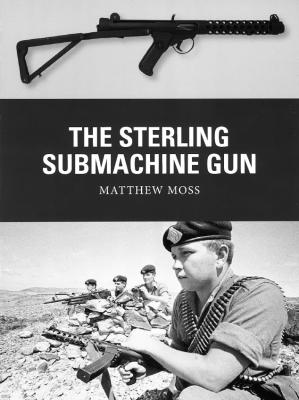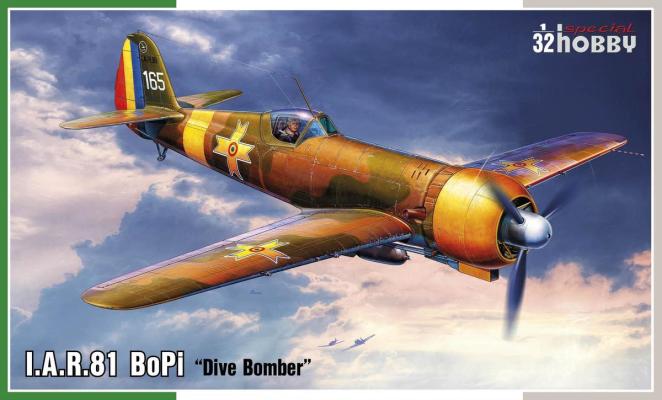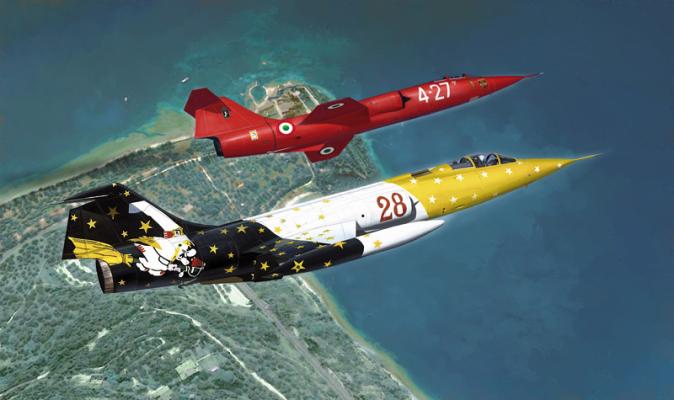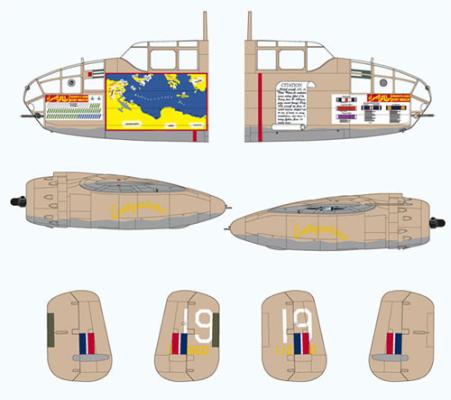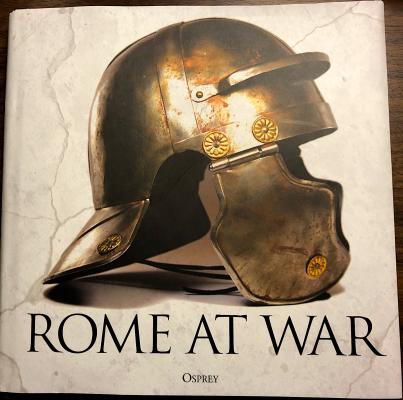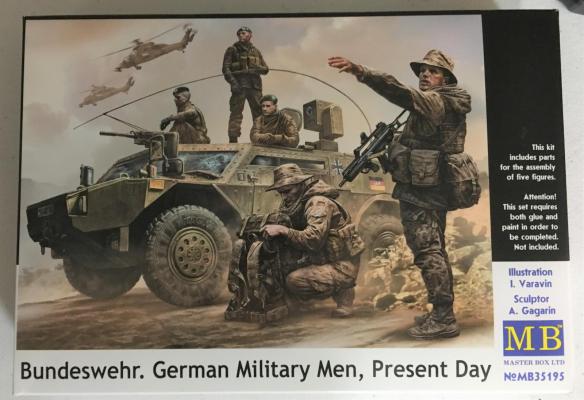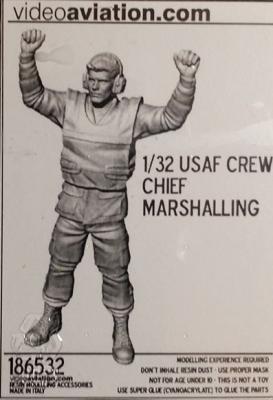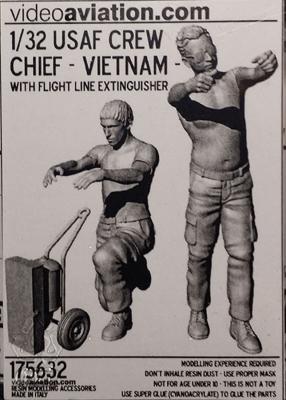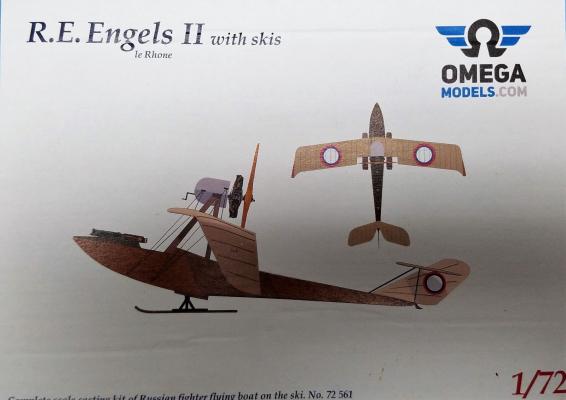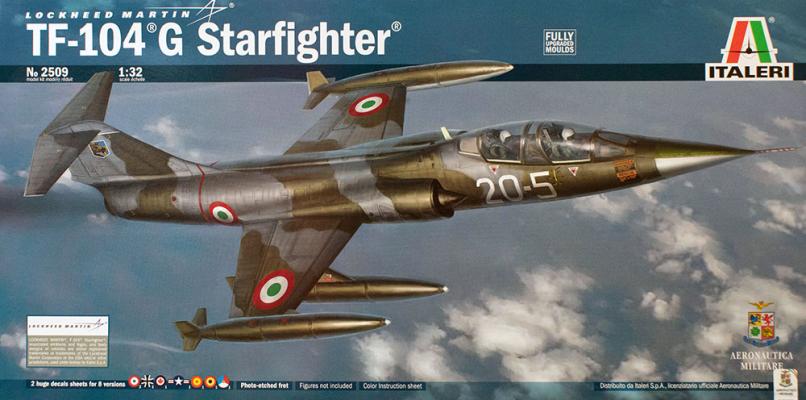Matthew Moss is a British author and historian specializing in small arms development, military history, and current defense affairs. Matthew has degrees from the Universities of Liverpool and Chester and has contributed to publications in both the United States and the United Kingdom. He runs the website Historical Firearms, a blog that explores the history, development, and use of firearms. He co-founded the Armourer’s Bench (or on Facebook) with Vic Tuff a multi-media exploration of historic small arms. Matthew has contributed to a number of print and online publications including magazines such as Small Arms Review, Popular Mechanics, The Armourer, History of War and Classic Arms & Militaria. This is his first book. He lives in Lancashire, UK.
What's New
The IAR-80 is the best-known production fighter to come out of the Romanian plant during WW2 and has always had a certain fascination for me. Developed in the 1930s as the Rumanian Air Force was working valiantly to get into the arms race then taking place in Europe, the IAR-80 featured a license-built Gnome-Rhone 14K engine and some various bits and pieces purchased from other countries, including the machine gun armament. Despite the comparative lack of experience in such design work, the IAR-80 proved to be a relatively modern and well-thought-out design, although some fixes needed to be included during its design life, including external bracing for the rear fuselage, which had a tendency to twist during high-speed turns.
Short History
The Lockheed F-104 Starfighter is a single-engine, supersonic interceptor aircraft which later became widely used as an attack aircraft. It was originally developed by Lockheed for the United States Air Force (USAF), but was later produced by several other nations, seeing widespread service outside the United States. One of the Century Series of fighter aircraft, it was operated by the air forces of more than a dozen nations from 1958 to 2004. Its design team was led by Kelly Johnson, who contributed to the development of the Lockheed P-38 Lightning, Lockheed U-2, Lockheed SR-71 Blackbird, and other Lockheed aircraft.
Among my several favorite aircraft I have an affinity for the B-25 Mitchell in any form. So when Airfix announced the B-25C/D in 1/72 scale I put one on reserve at my local hobby shop and my plans are to start building at my local IPMS club modeling retreat this January. I planned on building the Desert Warrior scheme so this set will work out perfectly for me. Up until just a week or so ago I usually took for gospel that decal sheets were reasonably accurate…
Upon receiving the Lifelike decal sheet, I started doing a little research on the B-25 “Desert Warrior” that Airfix provides as one of two finishing choices in their new B-25C/D kit. My goal was to try and get to the bottom of the decal dilemma. The dilemma being why did Lifelike Decals release decals to correct some of the decals provided in the Airfix kit.
This book chronicles the Roman soldiers and generals that shaped the Roman Empire by wars and conquests, from expansion, to its decline and fall. Color photos, maps, and photos illustrate the disciplined and highly trained army that conquered a vast empire comprising the known world.
Four sections of the book describe the development and wars of the Roman army:
- The Early Republic 753-150BC
- The Late Republic 150-27BC
- The Early Empire 27BC-AD235
- The Late Empire AD235-500
A chronology of Roman Empire wars and empires, and an index of significant warriors and battles are also provided.
Over the last few years, Master Box Ltd. has produced numerous figure kits of varying scales and genres. Many of these can be used to enhance automotive or military vehicles, and some, such as their fantasy and sci-fi line, can stand on their own. For this out-of-box review, I will be looking at the Master Box release of Bundeswehr. German Military Men, Present day in 1/35 scale.
The kit includes five full figures, each of which have detailed uniforms and equipment consistent with the era. The poses for each are different enough to distinguish them from each other. Each figure is comprised of 7-13 plastic parts, depending upon the pose and the amount of gear. The basic parts for each include a torso (molded in 1 part), a head, two arms, and two legs. Two of the figures have a hat that is a separate part, while the other 3 have the hat molded onto the head.
VideoAviation.com has come up with another wonderful diorama accessory with this new kit. One of the most important jobs that a crew chief has on the flight line is the safe taxying of aircraft from or to their parking spots. Modern United States Air Force (USAF) crew chiefs wear reflective vests to highlight their visibility to the aircraft’s pilot.
This is a four-piece resin kit, with both arms and the head molded separately. The figure comes molded in the “This Marshaller” pose, which is the very first signal that a pilot will get before any taxying or other aircraft movement happens.
Molding is fantastic, with just a minimum of seam lines to clean up. Most of these lines are cleverly hidden in the folds of the uniform, but there are a few that do stand out a bit – but a file makes quick work of them.
United States Air Force (USAF) crew chiefs work tirelessly around -the clock to ensure aircraft are available for missions, especially in combat zones. VideoAviation.com has captured this spirit of “Can – do” with their latest offering.
The kit contains 12 parts for two figures and a Vietnam-era flight line fire bottle. The standing figure has doffed his shirt, something that would be quite understandable in the hot tropics combined with constant combat sorties, and aircraft that needed around-the-clock maintenance.
The fit of the parts is excellent, and seams clean up quickly and easily with files. My only problem with fit is with the standing figure, whose arms didn’t quite fit properly into place, and required just a touch of putty. My recommendation would be to dry-fit the figures into place on a diorama before gluing the arms into place.
Designed and built by Russian engineer E.R. Engels, the Engels II was a parasol-winged monoplane flying boat first flown in 1917. Designed to fly using wing warping rather than ailerons, the aircraft was at one time the fastest flying boat in service. An egg-shaped pod held the fuel tank and structure for the 120 HP LeRhone rotary engine. Armament was a single, fixed 7.62mm machine gun mounted in the nose. The graceful parasol wings incorporated sharply downswept tips that served as floats.
The F-104 Starfighter was a single engine, single seat fighter that was operational from the mid-1950s through 2004. The TF-104 was a two-seat training version and did not carry the fuselage mounted cannon.
Italeri’s 1/32 scale TF-104 follows their nice F-104 from a few years ago. It comes packaged in a very large, sturdy box. All the parts sprues are individually wrapped and only a couple of parts were disconnected from the sprue. The clear parts and photo-etch fret were contained on one side of the box protected by a cardboard divider. Two very large decal sheets, an instruction manual plus a separate painting and decal manual were located at the bottom of the box.

